Experts interpret the concept of economic rent in different ways. However, in all definitions it is considered as additional profit. In territories where natural resources can be monopolized, the person who is considered title owner of these objects can receive additional income from them. Let us further consider what economic and land rents are. 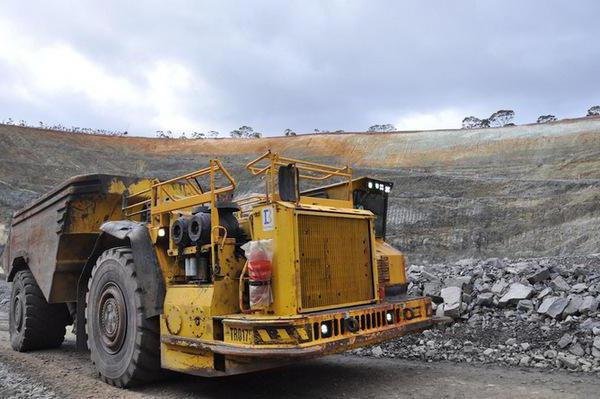
Theoretical aspect
According to some experts, economic rent is one of the options for generating property income, owners' fees for using natural resources. Others believe that this is a regular profit from the territory received by the owners of this property without carrying out commercial activities. Rent is also considered as a special type of relatively stable income. In this case, it is not directly associated with entrepreneurship.
Economic rent and conditions of its occurrence
Outwardly, additional profit is a certain fee for the use of the land, which the owner receives from the tenant. This income is formed from the profit that the entrepreneur receives from the sale of his product. However, the nature, circumstances, and sources of economic rent are revealed in the course of theoretical analysis. He suggests clarification of two circumstances. First of all, these are the peculiarities of price formation for agricultural products. In this sector, natural resource has a decisive influence on labor productivity. In addition, the emergence of economic rents is determined by the specifics of obtaining superprofits and reasons for the stability of reproduction in this industry.
Factor Features
The above circumstances are generated by such attributes of a natural resource as:
- Lack of ability to reproduce freely in comparison with industrial materials and tools.
- The limited agricultural land in general and medium and high quality in particular. This leads to low elasticity of the proposal.
Important point
It should be noted that the concept of rent is considered in two planes: economic and legal. In the latter case, it represents a specific independent legal relationship. It concerns the direct interaction of the subjects of the rental contract and is not related to the rental of facilities. Economic rent acts as a result of the relationship between the payer and the recipient of profit. It directly relates to the rental of property or the use of credit. 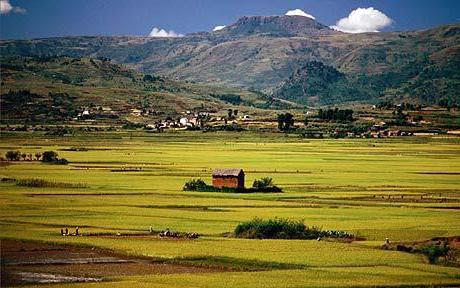
Types of economic rent: income from the allotment
Earning additional income may relate to agricultural relations. The economic rent of the land acts as part of the surplus product, which is created by manufacturers operating in a certain territory. It represents a certain amount that the landowner receives from the tenant. The latter is an entrepreneur who has taken a certain territory for temporary use for a fee.
Formation factors
Economic rent associated with agricultural relations is formed not only when renting the territory for agricultural production. It also takes place when the entrepreneur takes the land for temporary use for the construction of structures and buildings, the development of mineral resources.Specialists distinguish two forms of economic rent of this type: absolute and differential. This division is due to the presence of two variants of monopoly. The first is private ownership of the plot. The second option - a monopoly on the allotment as a business entity.
Absolute income
Net economic rent is the result of the monopoly of private ownership of the site by a particular class of society. The owner put on, being in the indicated status, knowing that the territory is necessary for industrial and agricultural production, will make the needy subject use it and pay the rent. Net economic rent is a complex of two elements. The first corresponds to the percentage of capital that has already been invested in the territory and is inseparable from it (buildings, land reclamation, etc.). Another element always exists. It corresponds to the transfer of rights to use the site (indestructible initial properties of the territory). 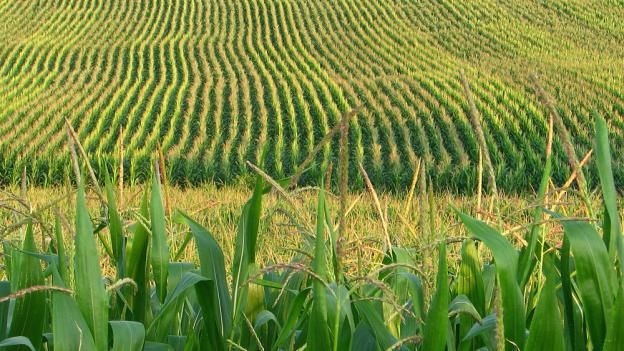
Absolute Profit Generation
Economic rent in this manifestation is caused by the backwardness of the agricultural sector in comparison with the industrial. In this regard, the organic structure of capital, which is invested in agriculture below that which is directed to production. Consequently, in the agricultural sector, the share of variable assets invested in wages is proportionally higher than in the industrial sector. Accordingly, the surplus value generated in agriculture is greater than the average profit, and the price of production is at a higher level than the indicator of the capitalist assessment of production. The proportional distribution in the agricultural sector is hindered by land ownership. Being a monopoly, it constantly claims to receive part of the surplus value itself, and appropriates the difference between production value and price. As a result, land ownership increases the value of agricultural products by the amount that is charged as absolute economic rent. Thus, the latter represents a certain type of tax that is imposed on society.
Additional facts
It should be noted that the historical backwardness of the agricultural sector from the industrial sector, which acts as one of the main manifestations of the law on uneven capitalist development, does not come from the nature of the earth, but from social relations. Private property, which creates obstacles to the investment of capital in the territory and appropriates an ever-increasing share of surplus value, is one of the main reasons for this lag. 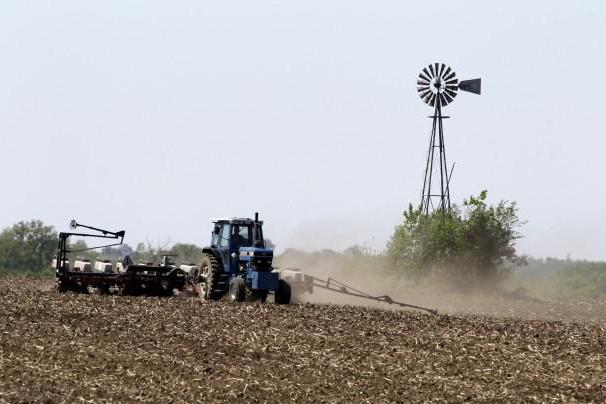
Conclusion
The analysis above examined exclusively natural resources. Moreover, the methods of their use in economic life were not taken into account. It must be assumed that different parts of the territory have differences in climatic characteristics, fertility, and location. Not all of them are universal. For example, the lands of the Krasnodar Territory are suitable for growing grain, and the Kaliningrad Region - for creating ski resorts. In this regard, not all lands bring the same economic rent.
Differential income
Such a profit from natural resources is considered the most common. Differential economic rent appears not only in the field of agrarian relations. It is formed when using any category of resources that is not homogeneous in each class. For example, there is such a thing as economic rent in the labor market. Thus, the average salary of a lawyer is higher than that of a truck driver. This matches the appropriate investments in human resources. Undoubtedly, in one way or another, their subtleties are manifested.
Example
Take three plots of land of different fertility quality: high, medium and worst level.Assume that the plots have the same area, and the investments in labor and capital are equal. Differences in fertility will affect the amount of rent. So, at the best site, the owner will make a profit, on average, he can only compensate for the costs, and at worst, a loss will appear.
Classification
In theory, 1 and 2 differential rents are distinguished. The first is formed due to differences in the natural level of fertility. Differential rent 2 is the result of the effectiveness of the investment of additional capital in the same land. The first profit, in turn, is divided into income from:
- Fertility
- Location of the land.
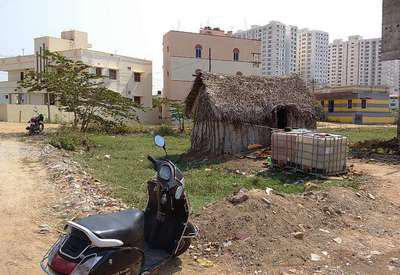
Management Methods
The second rent involves an intensive form of processing the territory and additional capital investment. Among the main activities that contribute to increasing profitability are:
- cultivation of plant varieties with high productivity potential;
- application of modern biotechnology;
- increased soil fertility and so on.
These measures allow you to increase productivity, accelerate cost recovery, and get additional income. The emergence of differential rent 1 suggests an extensive method of managing.
Income structure
Despite the fact that the second differential rent arises with additional investments of capital and labor, the same natural properties of soils act as conditions for its formation. However, they are more productive, due to an increase in their fertility. This explains the differences in the distribution of income. All differential economic rent 1 belongs to the owner (state or person). A part of this profit is appropriated by a business entity, for example, a tenant, since this income is formed due to more productive work and additional investments. The rent, regardless of the form, is taken by the state through tax. This right proceeds from the provision that the territory is a national property, regardless of the particular owner. The state directs the received land tax to meet the general needs of the country, including on national economic measures to improve the state of natural resources. 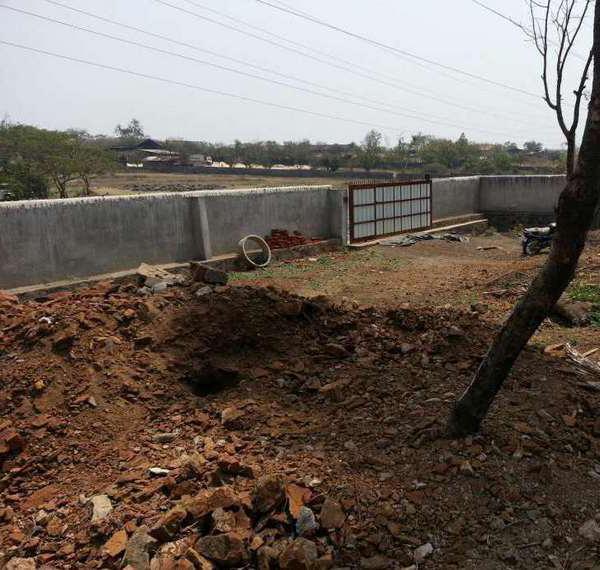
Monopoly profit
This is another form of economic rent in agriculture. It is formed in exceptional natural conditions that allow the production of rare or specific agricultural products (special grape varieties, citrus fruits, tea and so on). These products are sold at monopoly prices. Their upper limit is often determined only by the level of solvent consumer demand. Thus, the monopoly price may be several times higher than the market value of similar products. This, in fact, allows the owners of such territories to receive profit.
Territories for construction
The regulation of rents from these lands was shown by A. Smith. This profit is characterized primarily by the predominant influence of the location of the territory. Equally important is the complete and obvious passivity of the owner himself. His activity consists only in the exploitation of social progress, in which the owner does not invest anything and does not risk anything in it. And the third important factor is the establishment in many cases of a monopoly price. Building rent is increasing not only due to demographic changes and increasing housing needs, but also due to an increase in fixed capital. It either joins the territory or is located on it, like railways, industrial facilities, docks, warehouses, etc. Here there can be no confusion of the rent for rent (it represents the depreciation of capital and interest) with rent from the land. This is especially evident when the construction speculator and the owner are different categories (as in England). In these cases, two points are taken into account:
- The need to exploit land for production or mining.
- The territory is the space that is needed for any human activity.
Demand for building land increases their value. Along with this, a rise in prices contributes to an increase in the need for elements of the territory that act as material.
Forest management
In this sector, land rent is notable for its specificity. Forest territories in the economic sense have value not in themselves, but in their resources. These include, in particular, wood, by-products and the like. This fundamentally distinguishes forest land from agricultural land. The reason for this difference is the extraordinary length of the reproductive cycle of ecosystems. In domestic law, resources and land are considered as a single category, united by the term "forest fund".
Soil fertility affects payments for forest management in an indirect way. The factors that determine the occurrence of rents are the indicators of stock and quality of resources. The income from forest management belongs to the owner of the territory. Under state ownership of resources, rents are usually taxed. They are any payments for forest use. Forest tax may be greater, less than or equal to rent.
